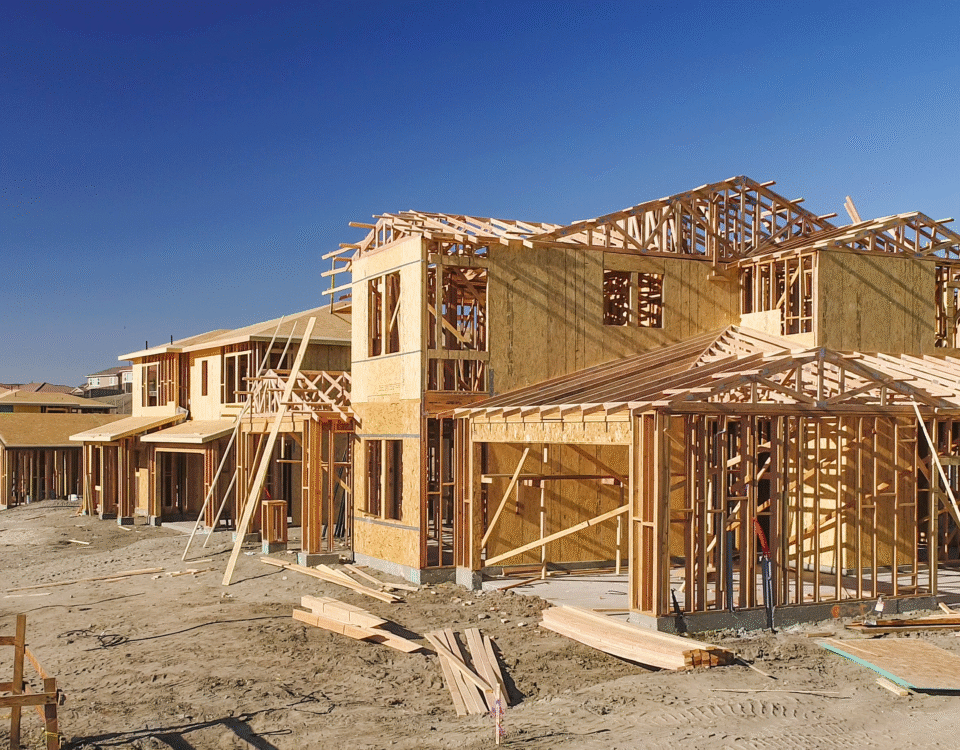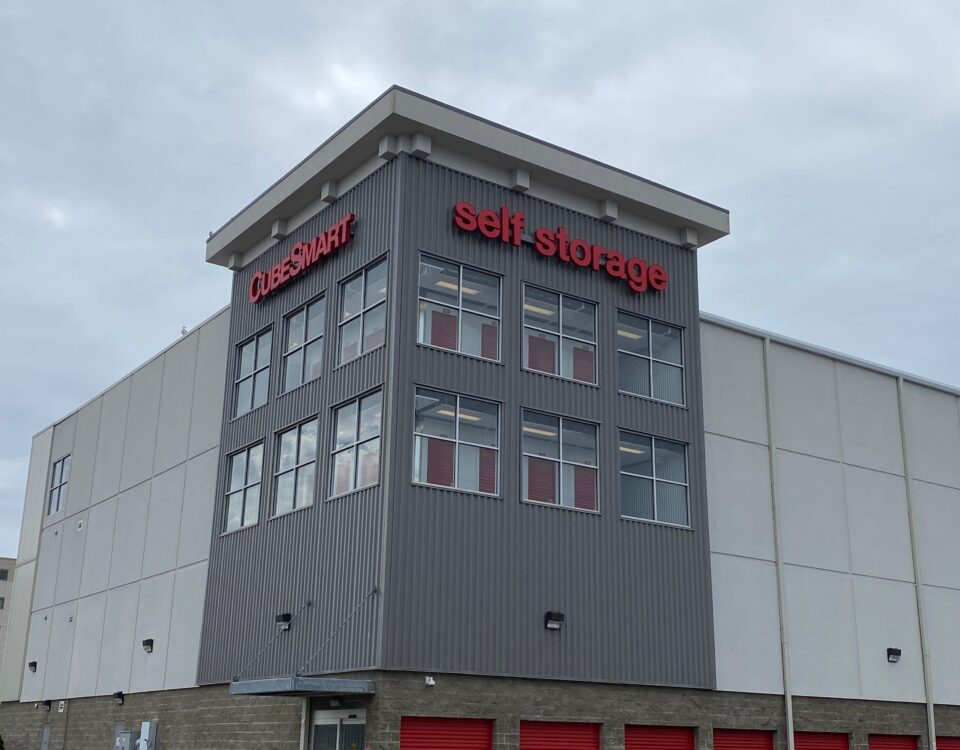
No Going Back: Why Private Capital is Replacing Banks for Real Estate Development Financing
September 10, 2024
Why a Commercial Developer’s Choice of Bridge Lender Matters
December 30, 2024Say you’re going to invest in a stock in a specific sector. You wouldn’t just put your hand in a hat to make your choice and hope that magic happens. No, you’d do your research and carefully vet your selection. Well, the same due diligence applies when you decide to invest funds with a real estate bridge lender.
If you conclude that real estate bridge lending is a strong asset class with consistent, stable, uncorrelated returns and downside protection, there’s the next question: With so many bridge lenders in the country, how do you know which can provide you with an attractive risk-reward?
There are five items that should serve as red flags in evaluating bridge lenders. The first concerns investor decision making, the remaining four concern decisions that the lender makes.
Where LPs can get it wrong: Incentive alignment
Before you go deep into a lenders’ approach, first look at the bridge lender’s fee structure to make sure that the incentives for the general partners (GPs) align with the incentives for the limited partners (LPs). LPs can make the mistake of investing with a bridge lender whose incentives disproportionately favor the GPs. The clearest example of this is when a GPs receive all of the origination points and the LPs receive none. Read the fine print. The plain English should be: if GPs win, so do the LPs.
And when there is the potential for conflict, is there a mechanism, such as a Limited Partner Advisory Committee (LPAC), to manage those conflicts appropriately. Having LP interests represented is important for a successful relationship.
4 Places where bridge lenders can get it wrong
Next, look at the key areas where bridge lenders can make mistakes. These four cautionary flags should help guide you.
- Relying too much on leverage. When the market is rising, the runway is clear for gains. But when the market takes a downturn, too much leverage can shrink returns and collateral value. How long a downturn lasts matters. The Green Street Commercial Property Price Index (CPPI) shows that since 1998, there hasn’t been a sustained decline in value. Values may have temporarily declined by up to 30% (e.g. the 2007 Economic Crisis), but even then, values started to rebound within several months. Everyone’s definition of temporary differs. Some leverage providers may panic at the first sign of a downturn and force lenders to hastily sell. Extreme dependence on leverage causes real estate bridge lenders to unwind and sell at the bottom, wiping out the potential for investor gains.
If on the other hand, a bridge lender limits their use of leverage, they should have a cash cushion that enables them to ride out downturns until values rise again. It could be one, two, or three years. The more conservative the leverage, the more time is on the lender’s and their investors’ side to preserve and recover value. The bottom line is: be able to ride out downturns, because they will inevitably happen.
- Stretching LTV. If a lender does loans at 85% LTV, it doesn’t take a big reduction in the value of the collateral for a loan to become impaired. Even a 10% reduction in value could put a squeeze on a borrower. If push comes to shove, and the borrower defaults, the bridge lender gains an asset, but also inherits a lot of costs, such as legal fees and broker commissions to sell the property. None of these are cheap and they add up. When deducted from the sale’s proceeds, the return on the loan could very likely go into negative territory.
Conservative LTVs in the 50-70% range provide cushion. In the case that a property declines in value, the value can still be greater than the loan—which means, there’s no urgency to take over a property and sell it. It gives both the bridge lender and the borrower time for the value to rebound or to rework lending terms.
- Lending against non-traditional assets. For lenders, this is also referred to as having a lack of focus. What’s non-traditional collateral? In real estate, think of opportunities like RV-boat storage. If the business model works, you will be refinanced and paid off. This is the kind of collateral that is hard to value since there are very limited comps. But if the model doesn’t work, the next best alternative use of the asset may be hard to determine. What else could you do with what’s essentially acres of a parking lot with utilities, that was supposed to be an RV/boat storage facility? The cost of changing the property to its best next use may be costly and create a loss. Now you have business risk on top of real estate risk.
Instead, let’s look at collateral that is used for a traditional purpose—i.e., the business model is proven to work and can be refinanced out. Apartment buildings are a classic traditional real estate model. At the core, the business model is profoundly sound. Yes, there are several reasons why a building may fail: poor management, the apartments need refreshing, the lobby is in disrepair, apartments were rented to tenants with bad credit risk. In any of these instances, the remedy is fairly quick and straightforward: a stronger management team, updates to the apartments and/or lobby, better vetting of tenants. Most of these require relatively modest cash infusions. If the building is in a good location and a solid market, its time-tested premise eliminates the need to look for an alternative use.
- Poorly picking geographies. Geography can make or break a real estate investment. Some bridge lenders think they are investing ahead of the curve in certain locales. An area is supposed to be up-and-coming, a major employer is expanding, a new form of development is coming (think Amazon warehouse or a casino), but the activity may never materialize. Or, the lender’s intel is off; they are way too early and can’t hold on for years until traffic increases to generate sufficient cash flow, or way too late and trends have changed.
When it comes to residential real estate, there’s a housing shortage across the US, but that doesn’t mean that every market can provide attractive returns. Fortunately, there’s an abundance of readily available residential housing data. If a bridge lender is deciding whether to lend to a residential developer and at what terms, there are dozens of comps that show what tenants are currently paying. Now compare this to a non-traditional asset like RV-boat storage, where there’s not a whole lot of data on what people are willing to pay to store their boat.
An institutional approach to bridge lending helps to avoid mistakes
At Fairbridge, our institutional approach to real estate bridge lending means we take intentional steps to avoid the mistakes that can befell other bridge lenders. We:
- Align our GP and LP incentives so that LPs benefit along with the GP
- Limit our use of leverage so that we’re not pressed to sell collateral prematurely, before it realizes its full potential value
- Apply reasonable LTV ratios so that there’s a cushion should collateral decline in value, helping to avoid taking on the cost burden of outright building ownership
- Focus on a core traditional asset, residential real estate, where there is robust demand due to a national housing shortage
- Extensively analyze geographies for strong fundamentals using the most up-to-date data and boots-on-the ground in-person assessments.
For those looking for a strong asset class with consistent, stable, uncorrelated returns and good downside protection, real estate bridge lending can present a very attractive investment opportunity. Be informed about who you invest with so that you can make the right decision.
To learn more about real estate private credit and Fairbridge’s institutional approach, reach out to us or visit fairbridgellc.com.


































